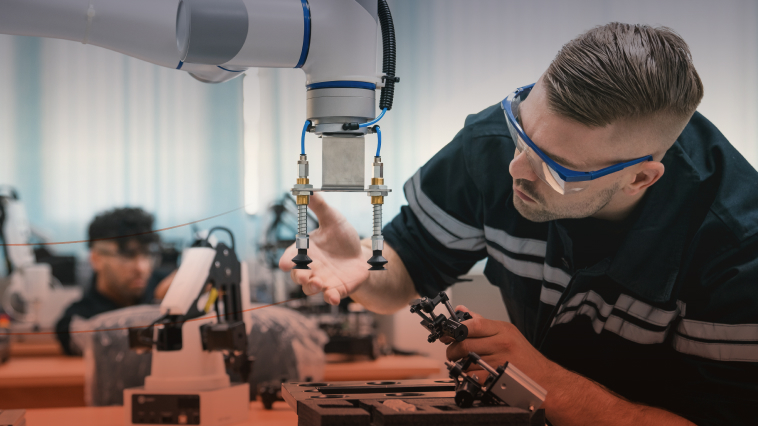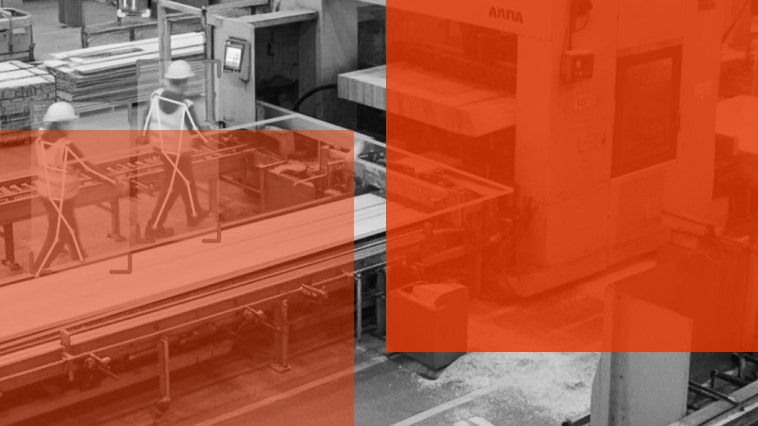The term Ergonomics comes from the Greek words Ergon, meaning work, and Nomos, meaning law. According to the International Ergonomic Association, Ergonomics is defined as the scientific discipline concerned with understanding interactions among humans and other system elements and the profession that applies theory, principles, data, and methods to design to optimize human well-being and overall system performance.
Ergonomics was first used in 1857 by Professor Wojciech Jastrzebowski in Poland, but it was not until a 1949 meeting of the British Admiralty that the term Ergonomics was proposed, and then officially accepted in 1950. After formally being accepted and recognized, the British Ergonomic Society was formed in 1952, and the Human Factors Society shortly thereafter was formed in 1957 in the United States. (Pandve, 2017)
Despite these key milestones in the 1800s and 1900s, the concepts of Ergonomics have been around as long as the human species has. Our ancestors selected and invented tools to accomplish necessary tasks to survive. Fast forward hundreds of years, tools have been redesigned and enhanced with efficiency in mind to make work easier, as well as safer.
The Industrial Revolution was one of the first big booms for Ergonomics. Manual labor was essential during this time as the advancements in technology we have today were not available. Early Ergonomics pioneers evaluated manual tasks to find easier ways to complete those tasks, with a focus on standardization and job process simplification to eliminate non-value-added steps to improve production and efficiency; these are considered some of the first traditional ergonomic assessments. (Pandve, 2017)
The field of Ergonomics continued to grow during and immediately following World War II. The focus of Ergonomics shifted from overall production and efficiency to also include worker safety. Research in the field of Ergonomics started to grow to incorporate applied biomechanics and physiology to understand the impact of work on the individual.
Muscular forces, physiological responses, perceived rates of exertion, and other cognitive loads began to be of interest to Ergonomics researchers to minimize exposure to musculoskeletal disorders (MSDs). (Ergoweb LLC, 2017)
Emerging technologies in ergonomic assessment (h2)
For many years, ergonomic assessments have served as a staple and focus of the Ergonomics industry. The NIOSH Lifting Equation, Rapid Entire Body Assessment (REBA), Rapid Upper Limb Assessment (RULA), Job Strain Index, and numerous other physical assessments have been conducted manually for many years, but with the emergency of technology, the field of ergonomics has seen incredible strides in terms of innovation and the ability to perform these same assessments.
We have seen the emergence of improved robotics and automated solutions, the adoption of human modeling and simulation tools, and even the implementation of both active and passive exoskeletons.
A new wave of technology and innovation in the Ergonomics industry is in the form of wearable technology, motion capture, and artificial intelligence.
Wearable technology devices have become popular additions to the workforce in warehousing, manufacturing, and many other industries.
These devices allow for easy tracking of data surrounding biomechanics and postures, repetitive motion, personal protective equipment (PPE), lone worker/employee down alerting, environmental temperature, forklift and vehicle driving, as well as contact tracing and social distancing.
Motion capture and artificial intelligence are emerging as players in the ergonomics assesment space as well, due to the ability to perform industry-accepted ergonomic evaluation efficiently.
There are various motion capture and artificial intelligence products that require manual video capturing, uploading, and performing manual inputs based on each video’s operational details to retrieve an evaluation score and risk level.
Even more on the cutting edge, there are 24/7 analysis solutions with prebuilt rules and rely on computer vision and machine learning to minimize manual inputs.
At Intenseye, our AI-powered workplace safety management software can perform 24/7 EHS analysis, see the unseen, and perform Ergonomic assessments and evaluations in real time without historical manual interaction.
Intenseye allows for ergonomic exposures to be captured, proactively, without the reliance on safety incident reporting to trigger an ergonomic assessment of the operation of interest.
How to choose the right ergonomics assessment software
When selecting ergonomics assessment software, it’s essential to prioritize tools that provide real-time insights, scalability, and efficiency.
The right ergonomic solution should seamlessly integrate with existing systems, continuously analyze exposures, and deliver actionable data for improving workplace safety. Here, we explore key features to look for to ensure your software enhances ergonomic risk management and supports proactive safety initiatives.
Functionality
Look for software that leverages existing 2D CCTV camera systems to assess multiple subjects simultaneously while understanding spatial dimensions effectively.
Scalability
Opt for a cost structure that’s based on facility rather than per user or license. This approach enables organization-wide coverage without restricting usage.
Efficiency
Ensure the software provides continuous, 24/7 visibility, capturing ergonomic safety data without requiring manual collection or upload efforts.
Accuracy
Choose ergonomic assessment solutions that offer reliable computer vision and AI technology, backed by expert validation to maintain data quality and consistency.
Proactiveness
Find an ergonomic tool that doesn’t rely solely on past safety incidents or near-miss data but continuously analyzes exposures in real-time, capturing risks as they arise.
Reporting
A comprehensive interactive dashboard that allows you to customize data views according to operational needs can greatly enhance reporting capabilities.
Action Tracking
Select software that includes in-dash planning for immediate action, as well as the ability to track exposure reduction once actions are completed.
Intenseye enables users to cast a wider net to minimize their Ergonomic exposures by providing a scalable, efficient, and accurate solution that will provide health and safety professionals with actionable data to send their workforce home the way they came to work.
To learn more about Intenseye’s ergonomics assessment tool, schedule a demo with us!
References
- International Ergonomics Association (IEA) (2017) Definition and Domains of Ergonomics.
- Pandve, H. T. (2017). Historical milestones of ergonomics: from ancient human to modern human. J Ergonomics, 7, e169.
- History of ergonomics. Ergoweb LLC. (2017, March 28). Retrieved November 28, 2022
.png)


